Warning: this column reflects the point of view of an Argentinean who hasn't lived in his country for many years. And it is addressed primarily to the French reader.
Samba Reggae
Lucas, my young collaborator, came into contact with Tití by chance. He was looking for unusual characters to feed my columns when, while out cycling, he heard festive rhythms being played by a group of percussionists. He asked Tití, the group's leader, if we could take some photos and do some interviews. Tití readily agreed. This ease of contact, this warm welcome, this trust is one of the characteristics of Argentina.
That's how I entered Tití's world.
Here's his portrait.
Portrait of Titi
Where does your nickname come from?
My name is Cristian, but because of a cousin who called me "Titian", it became "Titi", and with the exception of my mother, everyone calls me Titi. Now it's Titi. Percussion Titi.
How did you come to create Bahía Norte?
It was a very long road. When I was 11, my mother sent me to study piano, but I only stayed a year because I was bored. My teacher said to my mother: "Don't worry, he'll come back". It was a premonition.
When I was 18, I started studying percussion at a cultural center called "Sin fronteras" (Without Borders). Percussion never left me.
I went through different types of music: candombe, which is Afro-Uruguayan, rumba, which is Afro-Cuban... until, with a few friends, I set up a workshop to spread Samba Reggae to as many people as possible. We called it Bahia Norte. At first, these workshops were more like a bloco than a school. The members were trumpeters, pianists and guitarists, and the music was very "picante" (explosive).
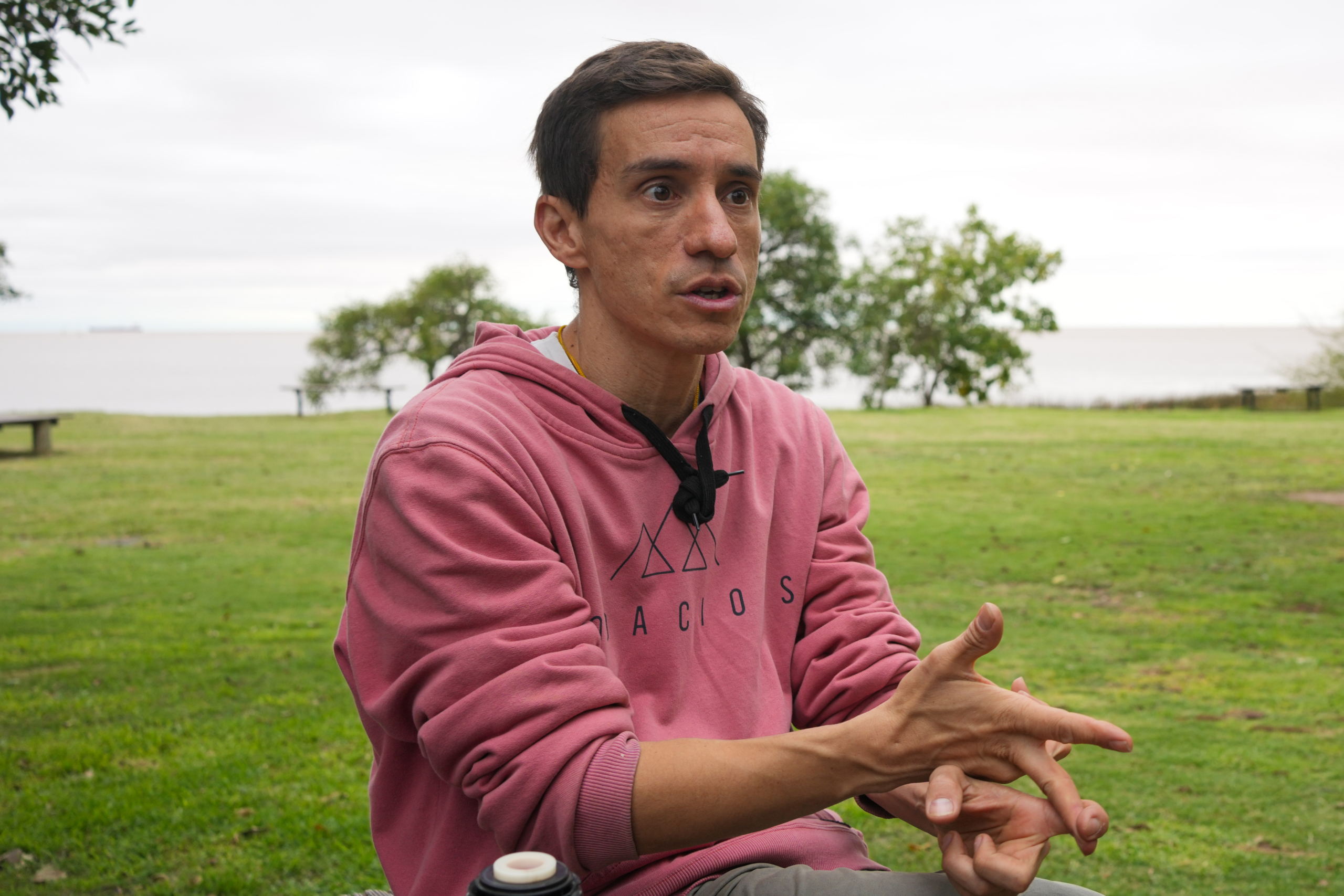
"Blocos" is a general term given to groups who stage popular cultural events, and in particular to the street groups who take part in Rio de Janeiro's carnival parades.
But I realized that our approach was not inclusive, that we had very few students. So I decided to radically change my approach to the workshops.
I decided to work with a mix of levels, so that people who have been playing for many years can coexist with those who are just starting out.
For me, it was a long internal process, learning how to learn and learning how to teach.
And here's the result. Now, in our workshop, you have a wide variety of people and levels coexisting in the same space.
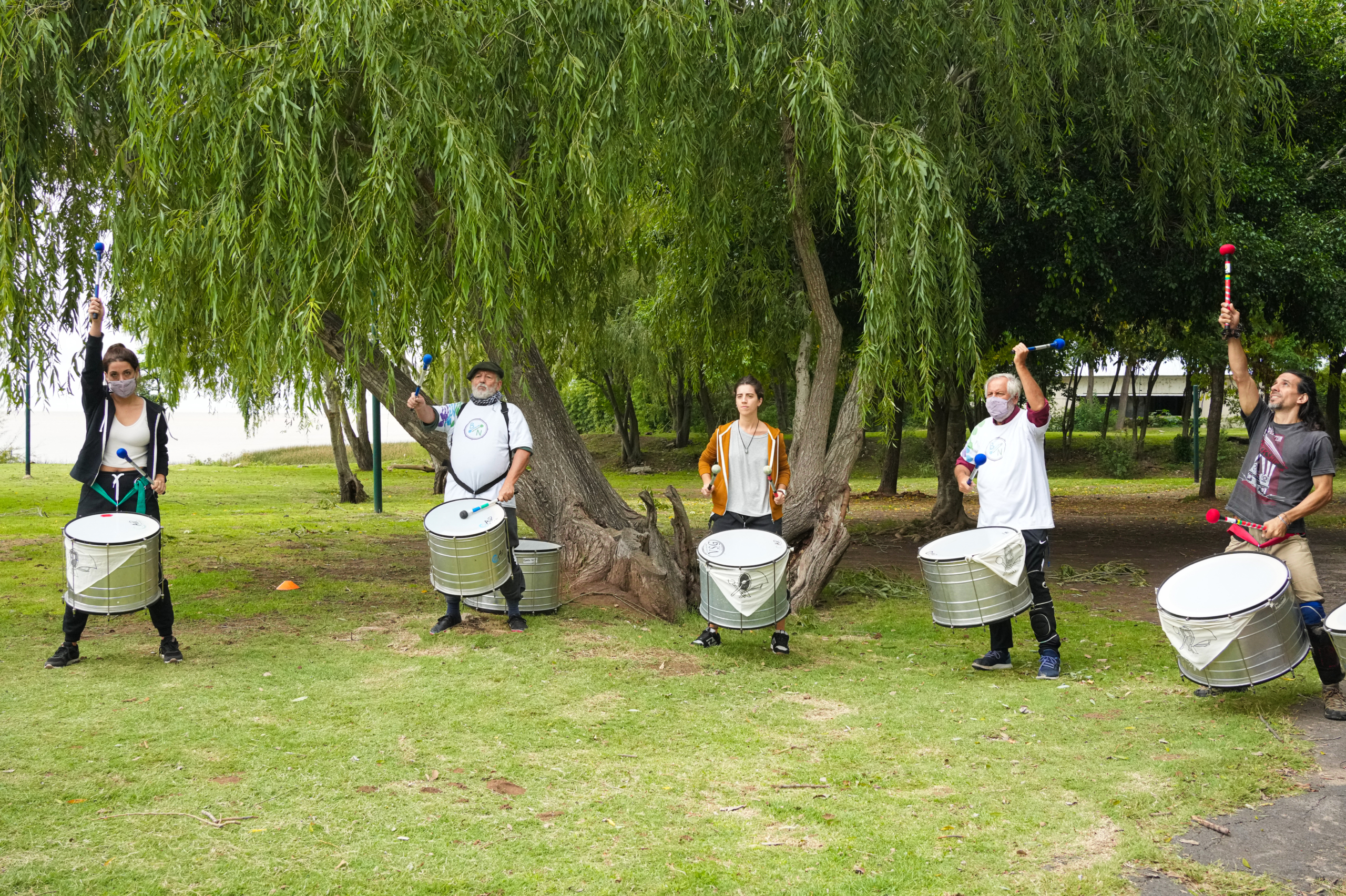
What's your working method?
We meet twice a week in this beautiful spot near the Río de la Plata.
We work on the basis of Samba-reggae rhythms.
and now we're trying to create our own identity, our own rhythms.
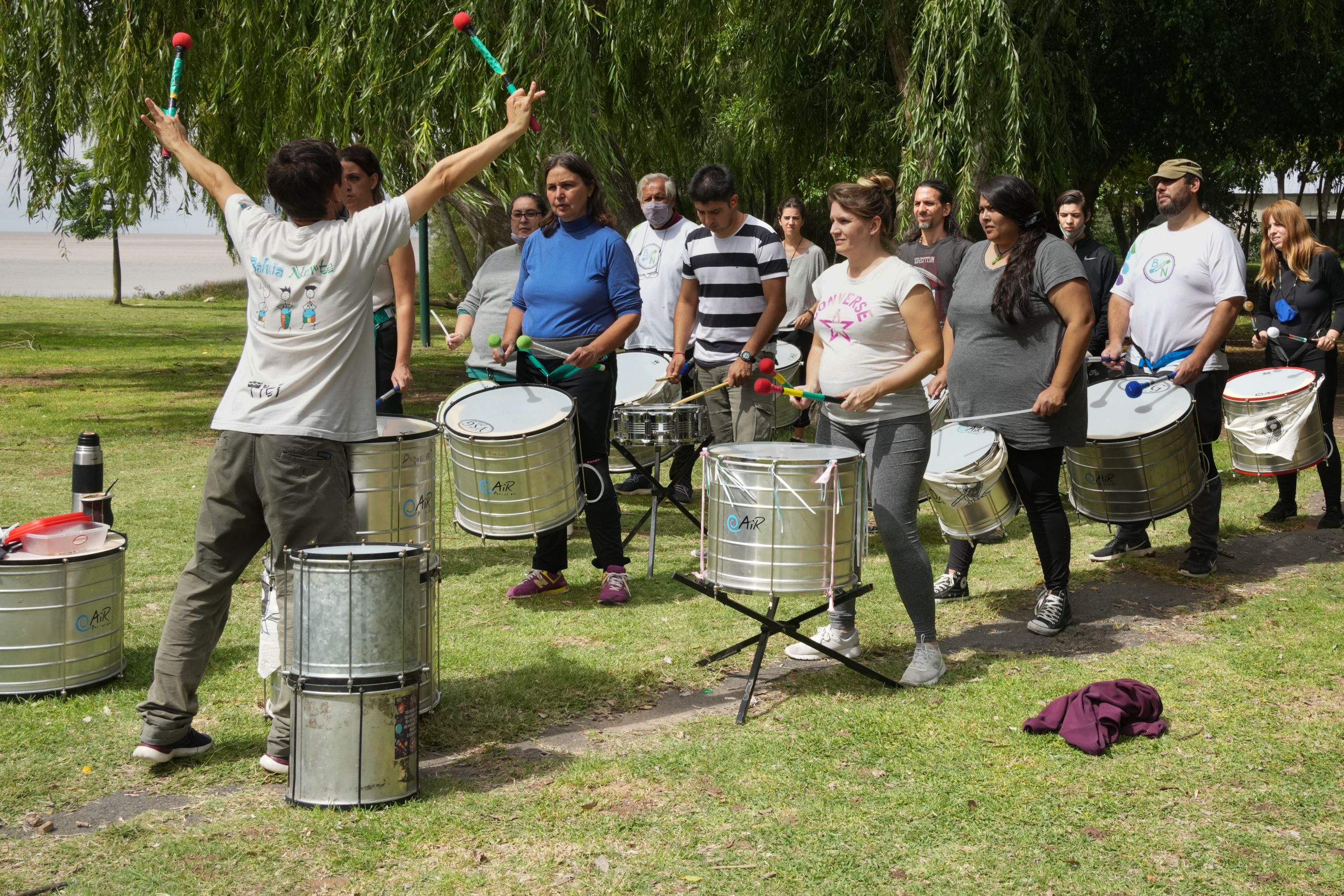
Samba-reggae was born in the 70s in Salvador de Bahia, and was like an explosion that spread throughout Latin America.
In the 90s, this music was widely played by world-famous groups such as Olodum, Timbalada and Ilê Aiyê. The Argentine masters who were able to travel to Bahia brought all this richness back here. I was lucky enough to be able to study with them.
Mestres: drum leader who directs the entire group using gestures and/or a whistle.
The method
Samba Reggae
Samba-reggae is a musical genre that emerged in the context of the black pride movement that took place in Salvador de Bahia around 1969.
It represents a commitment by black Brazilians to develop their own music, and to form predominantly black blocos to march in carnival parades, which until then had been forbidden.
Then in 1974, the bloco Afro Ilê Alyê created a musical movement blending the influences of famous Jamaican artists such as Bob Marley and Jimmy Clif with elements of the old Bahian samba style.
The bloco who enjoyed the greatest commercial success in the 1980s was Olodum, the great musical innovator. He introduced different rhythmic structures into his version of the samba. Such was the influence of Jamaican reggae that the new way of playing percussion, adopting the typical Afro-Caribbean structure of interlaced rhythms, came to be called "samba-reggae".
In his book "Le Samba Reggae": invention d'un nouveau rythme, symbole de la négritude bahianaise", specialist Gérard Béhague points out that "what really matters is to recognize the socio-political and ideological dimension of Samba Reggae," he says.
.
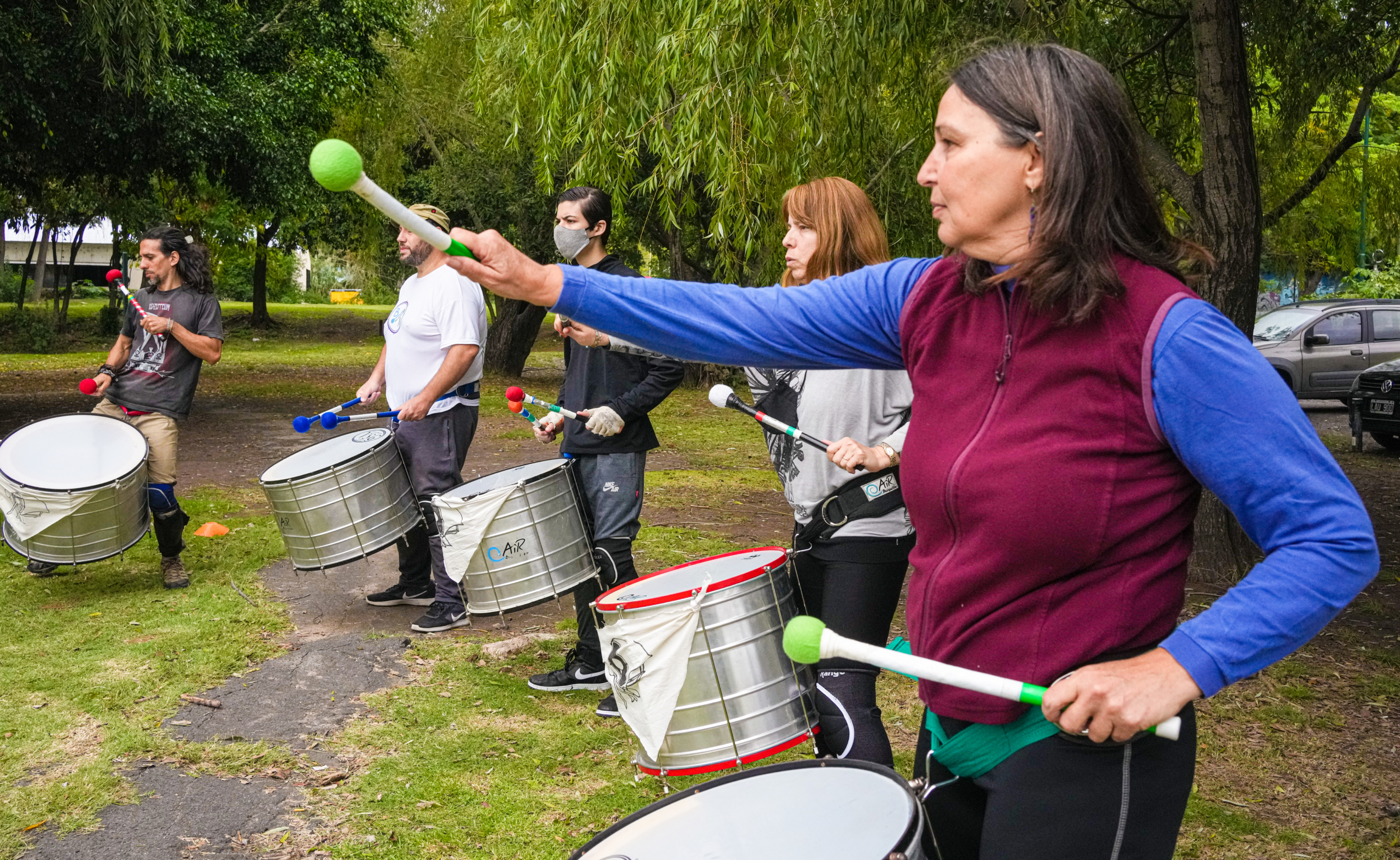
Tití continues: I realized that Samba-Reggae contains the most relevant toolbox for working with those who have never played an instrument before. It makes it possible to form an inclusive group, where different ages and levels of experience can coexist.
This is because we work with onomatopoeia, with the sounds of percussion, and not with notes, quarter notes, eighth notes, sixteenth notes, etc. This language enables many non-literate people to play this music.
The age-old phrase "If you sing it, you play it" takes on a life of its own. You don't have to write it down.
In the group, I can bring together a 14-year-old who plays very well, with a 70-year-old who's just starting out, with a 40-year-old or 30-year-old who's just starting out or who plays guitar and piano and wants to improve.
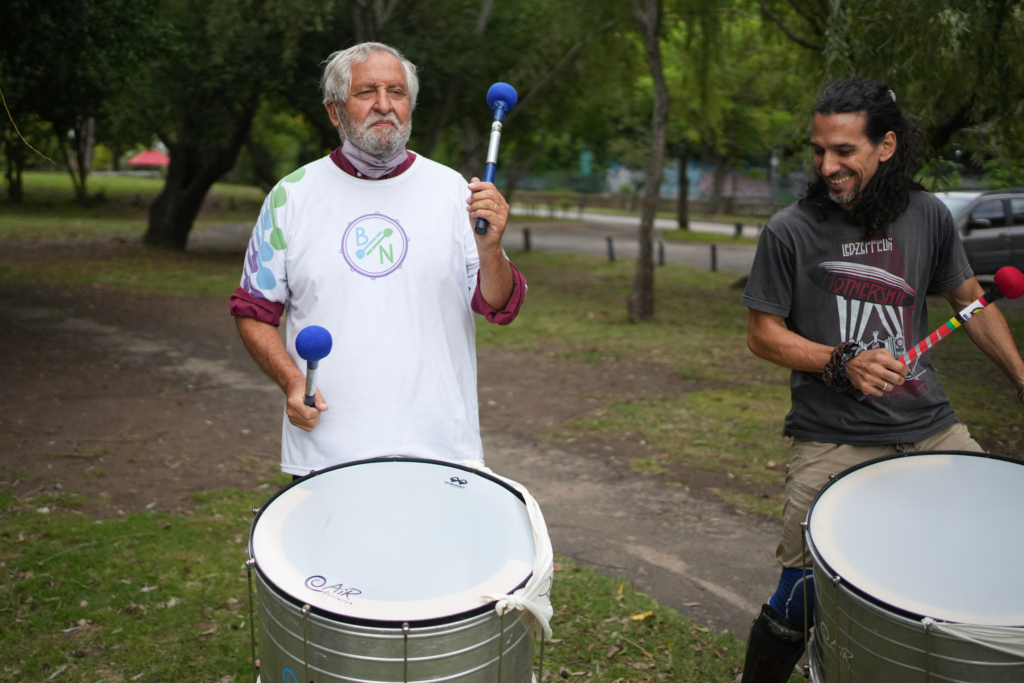
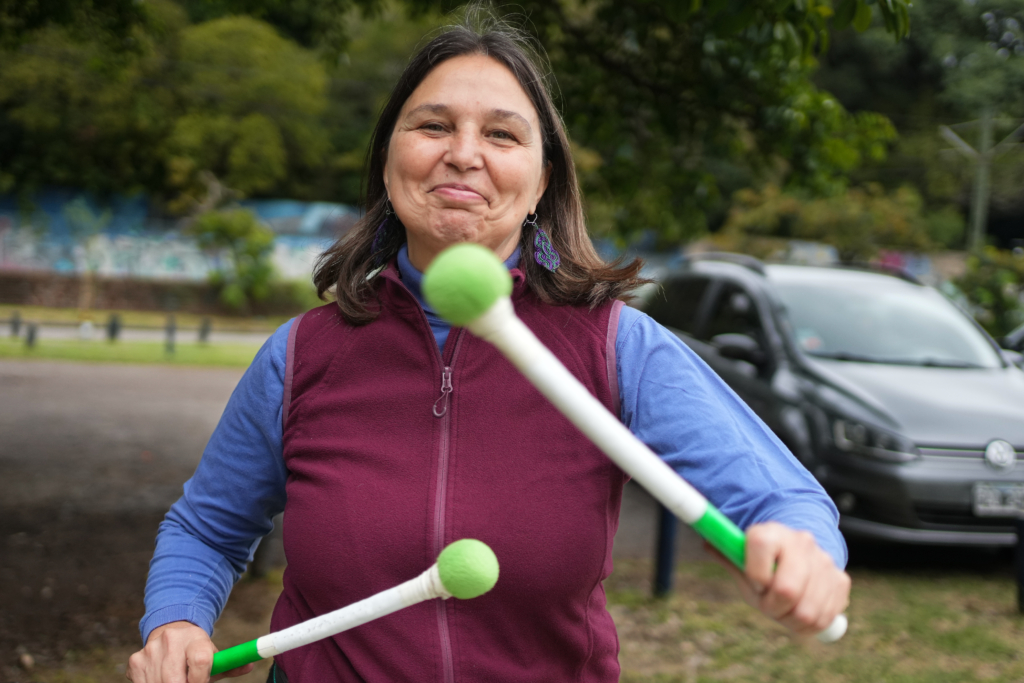
My ambition is to share my passion with many people at different levels. The most important thing for me is that no one is left behind.
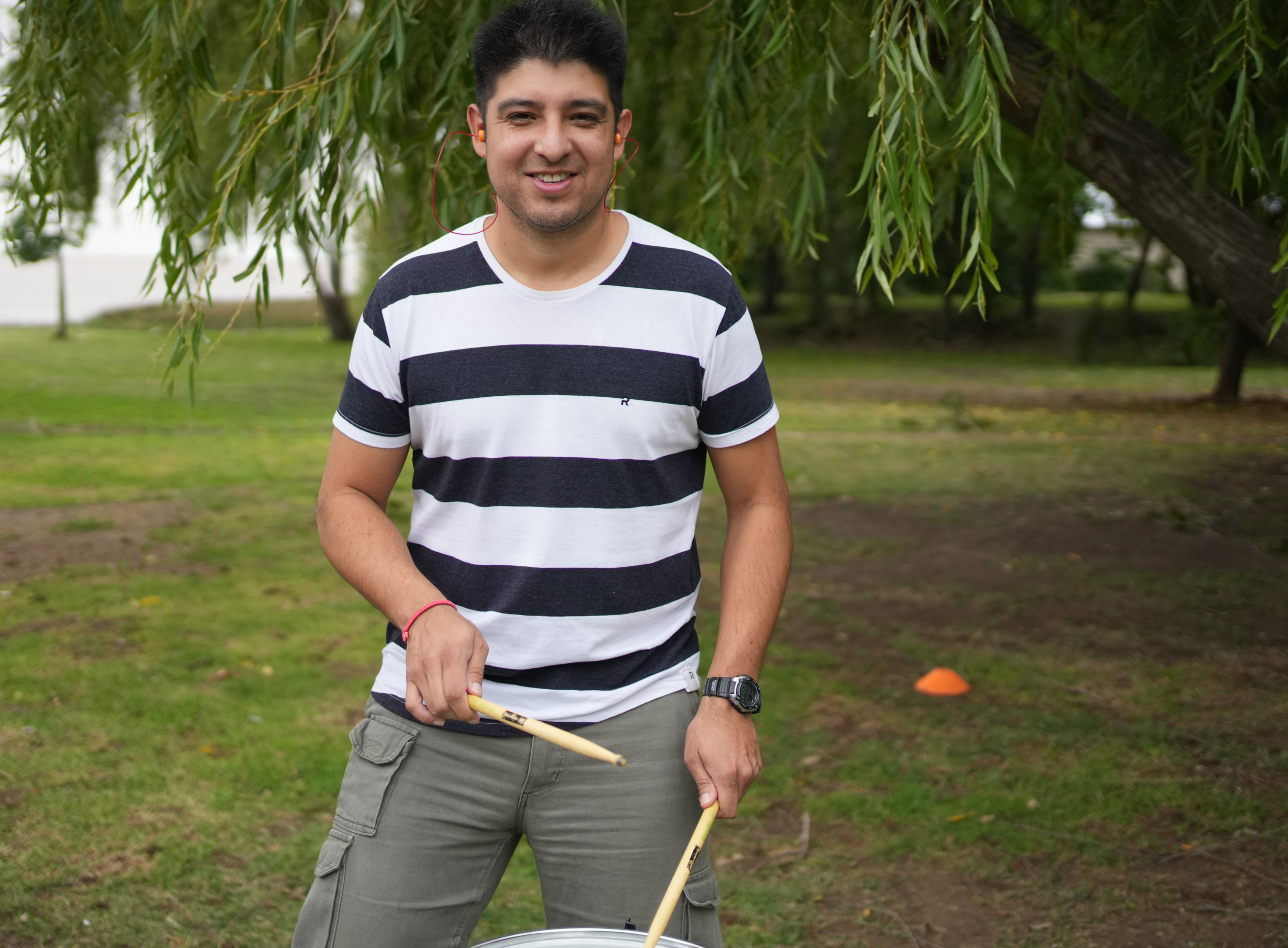
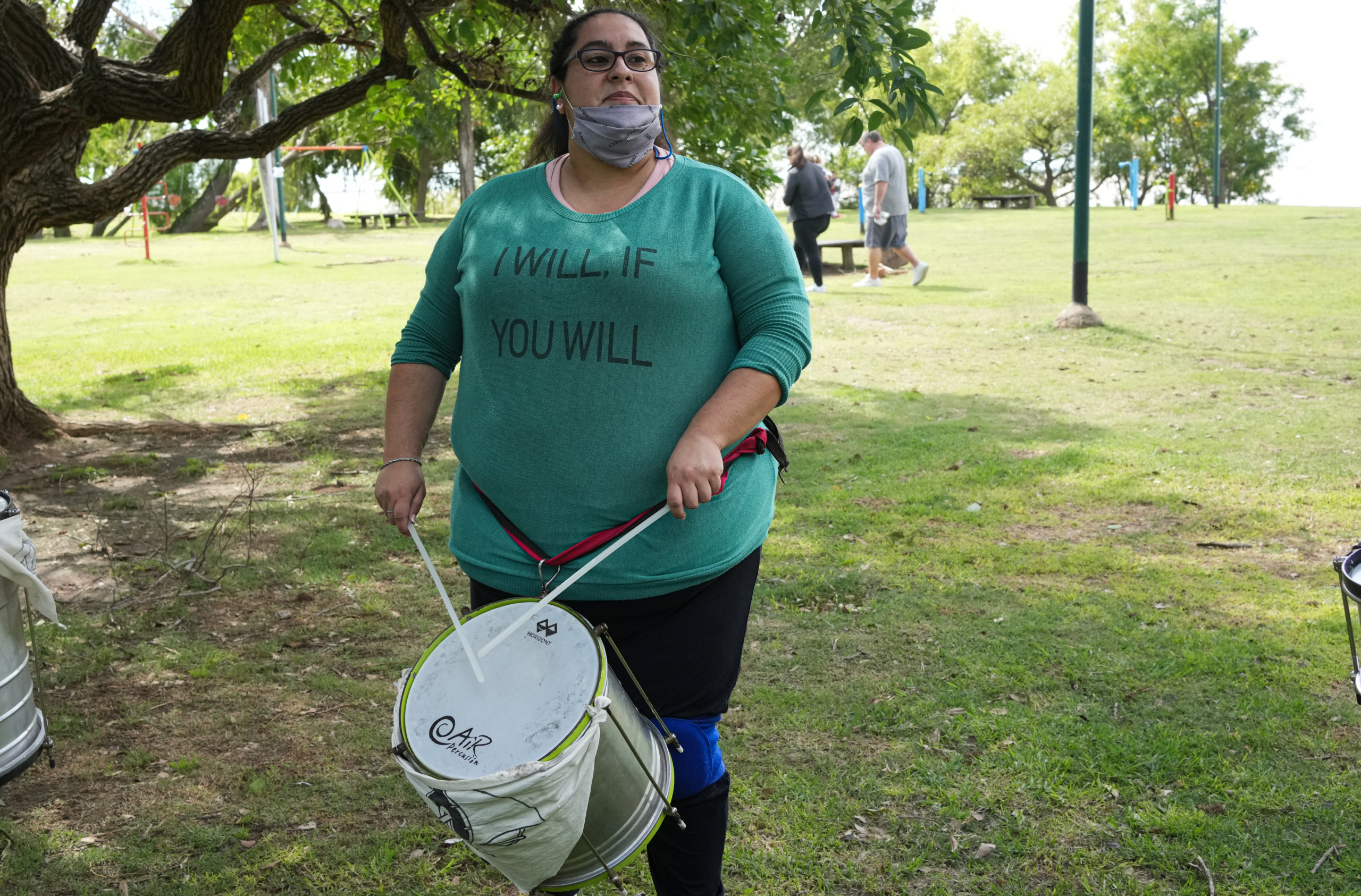
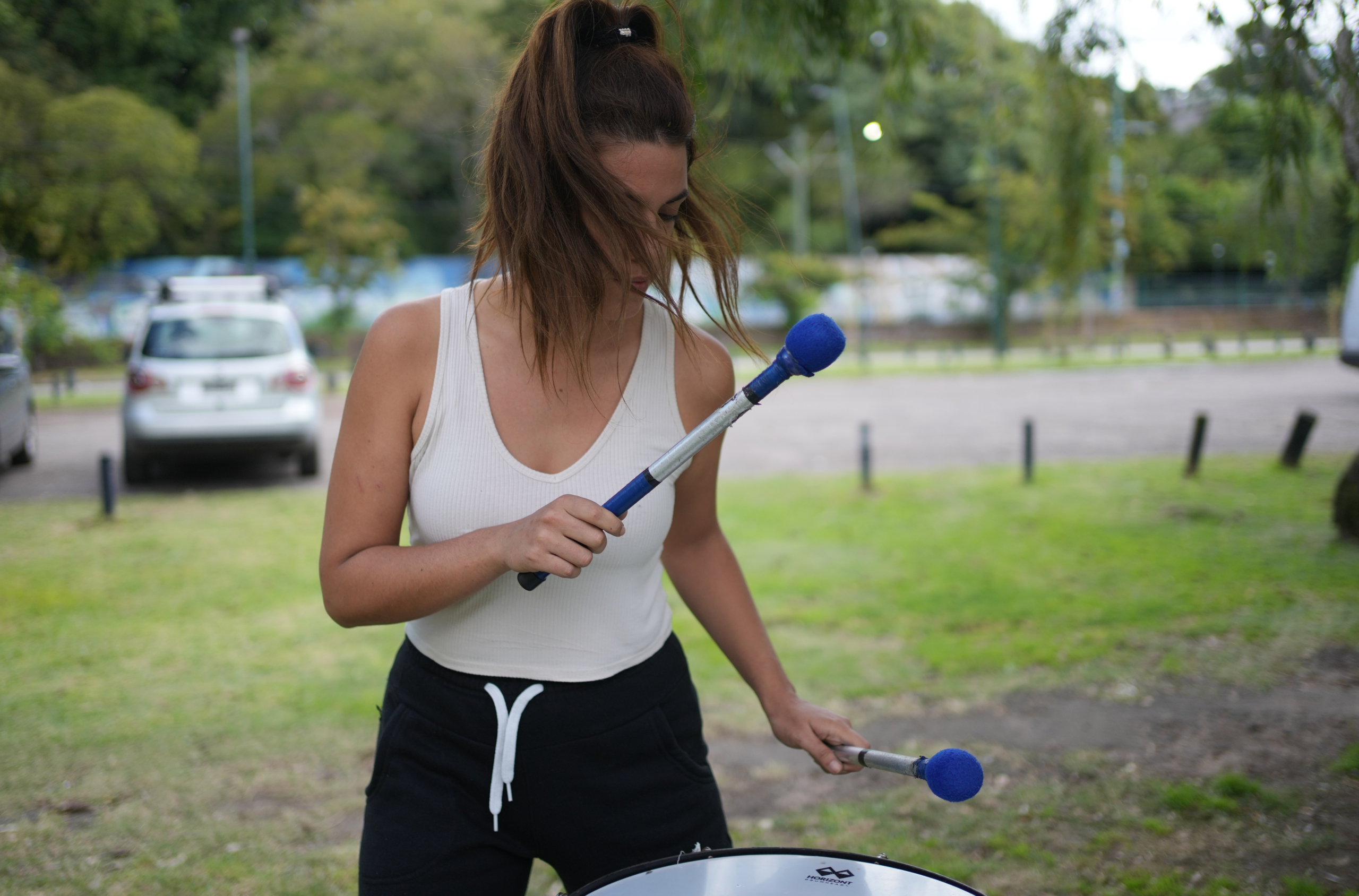
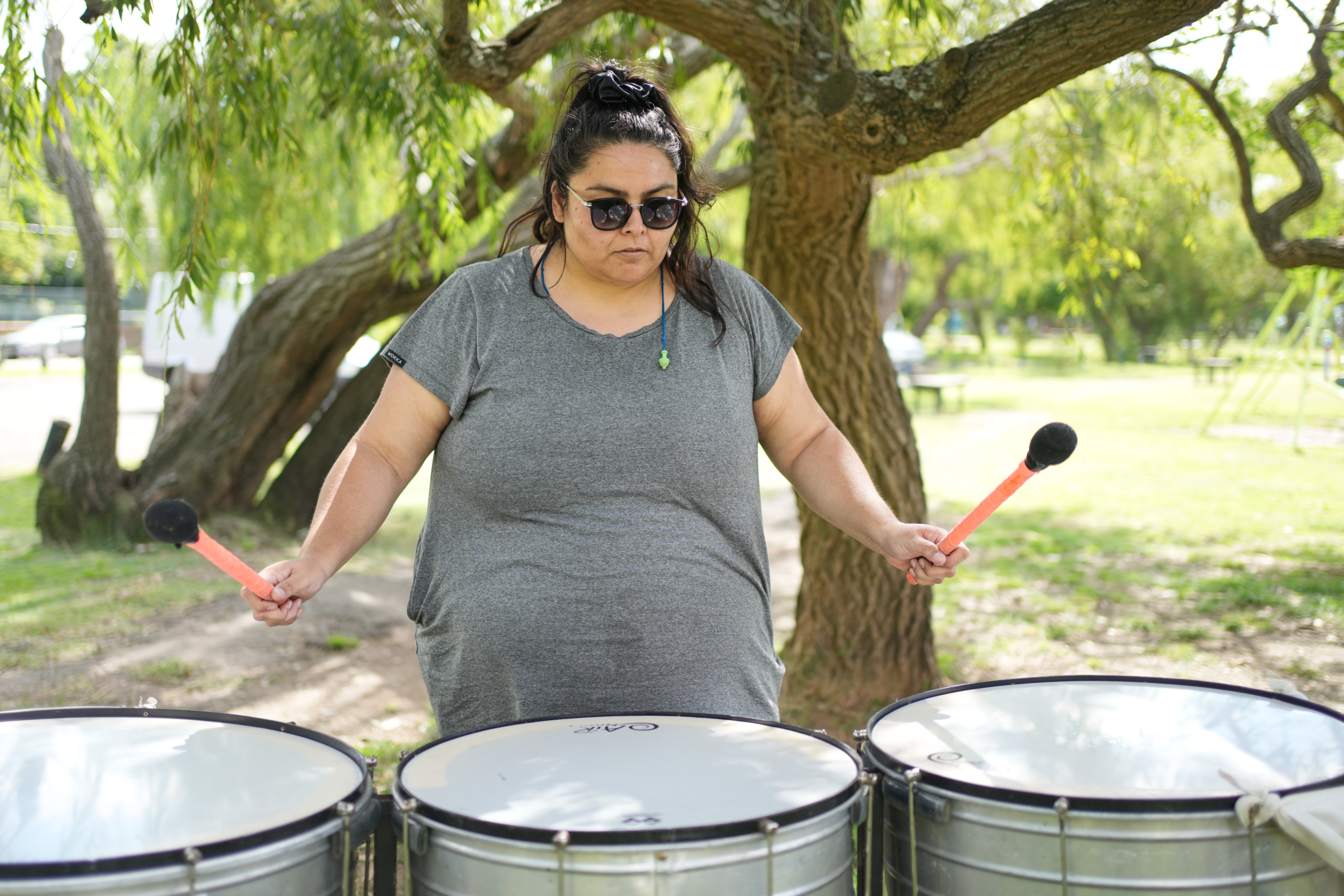
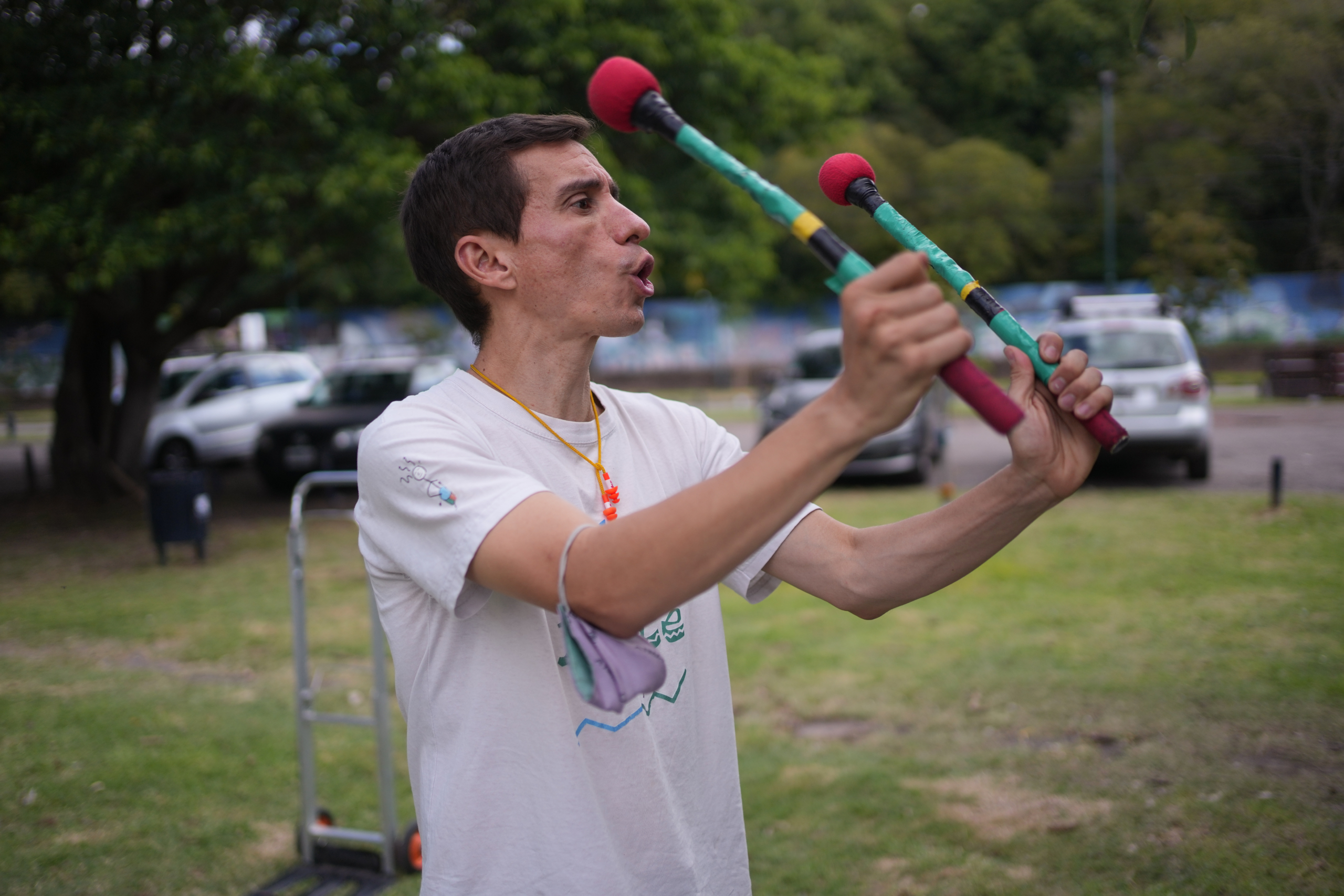
Are you developing other activities at Bahia Norte?
Yes, we want to expand our activities. For example, we took part in the Day of Memory (Día de la memoria) march on March 24.
March 24: National Day of Remembrance for Truth and Justice.
Every March 24, Argentina commemorates the National Day of Memory for Truth and Justice in tribute to the victims of the last civic-military dictatorship, which usurped power between 1976 and 1983. A day of reflection and analysis to keep alive in the collective memory facts of our history that should NEVER happen again. It's a day of massive marches, with the participation of numerous popular blocos. Number of participants
Walking
It's a proposal that came from the group. We formed a multi-bloco of 40 drums with other collectives, which we called "Tambores con memoria" (Drums with memory). This participation was very important for our group.
The make-up represents the white kerchief worn by the mothers of Place de Mai.
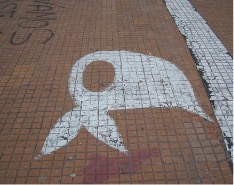
We have contacts with a number of environmental organizations to take part in marches for climate, land or water.
We also organize what we call "Open Workshops". With the percussion ensemble and three musicians, we go into families on the occasion of a party. We play and get people to play. Last time it was for a grandfather celebrating his 80th birthday, and we got the whole family to play. Everyone was delighted. Samba-reggae makes it all possible.
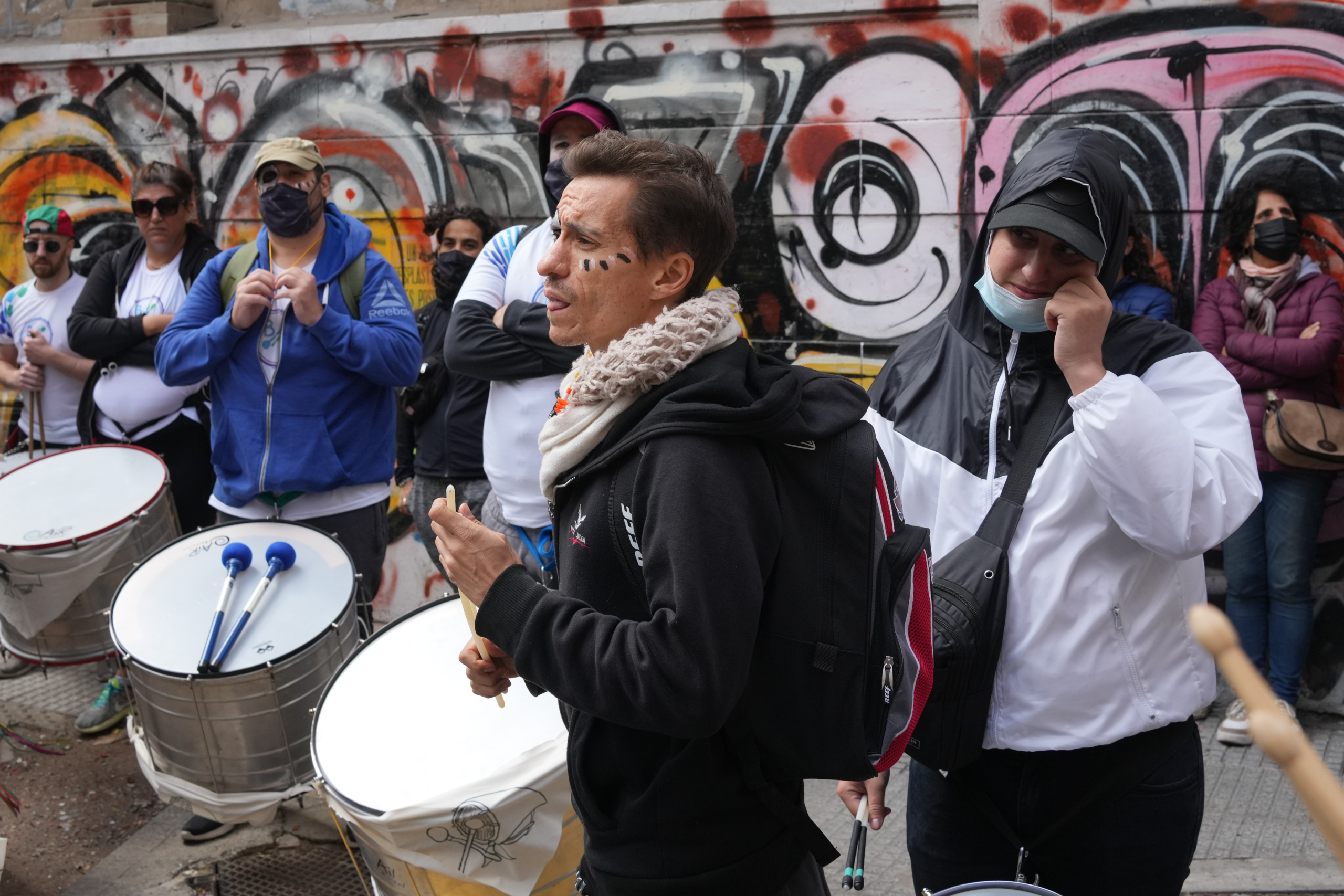
And what are your other activities outside Bahía Norte?
On Saturdays, after the samba reggae workshop, we have another group called "La cuisine de chansons", where we play a bit of everything with several instruments and singing.
I'm also active in the neighborhoods. Samba-reggae comes from the shantytowns, the poorest areas of Brazil, and carries a strong message of Afro identity. Samba-reggae needs to come back to the neighborhoods.
That's why I also work three times a week in the neighborhoods with children and young people, using the Samba- Reggae tool. It's my small contribution to the spread of Samba- Reggae in the neighborhoods.
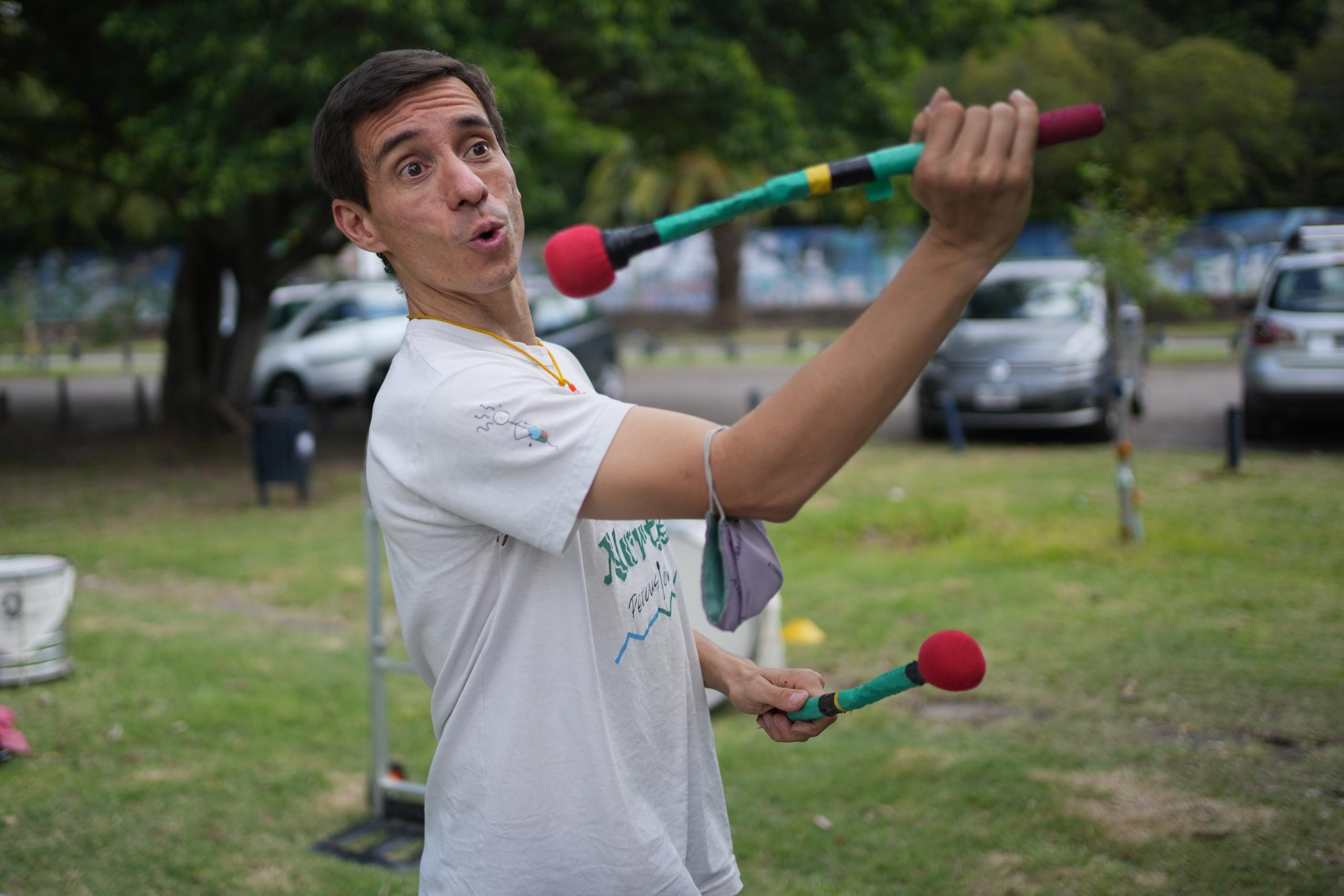
I'm also a percussion accompanist. I have a band, "Muñecos de la gorra" (Dolls of the bonnet), with a guitarist and a singer. We play in bars, theaters, at events, wherever possible. We play national and Uruguayan rock. I'm also in a cumbia band and I'm starting to play in another band called Axiales.
We musicians are called "multi-kiosk": to earn a salary, you have to have about seven jobs!
I'm not stopping!
Interview with Daniela and Mario
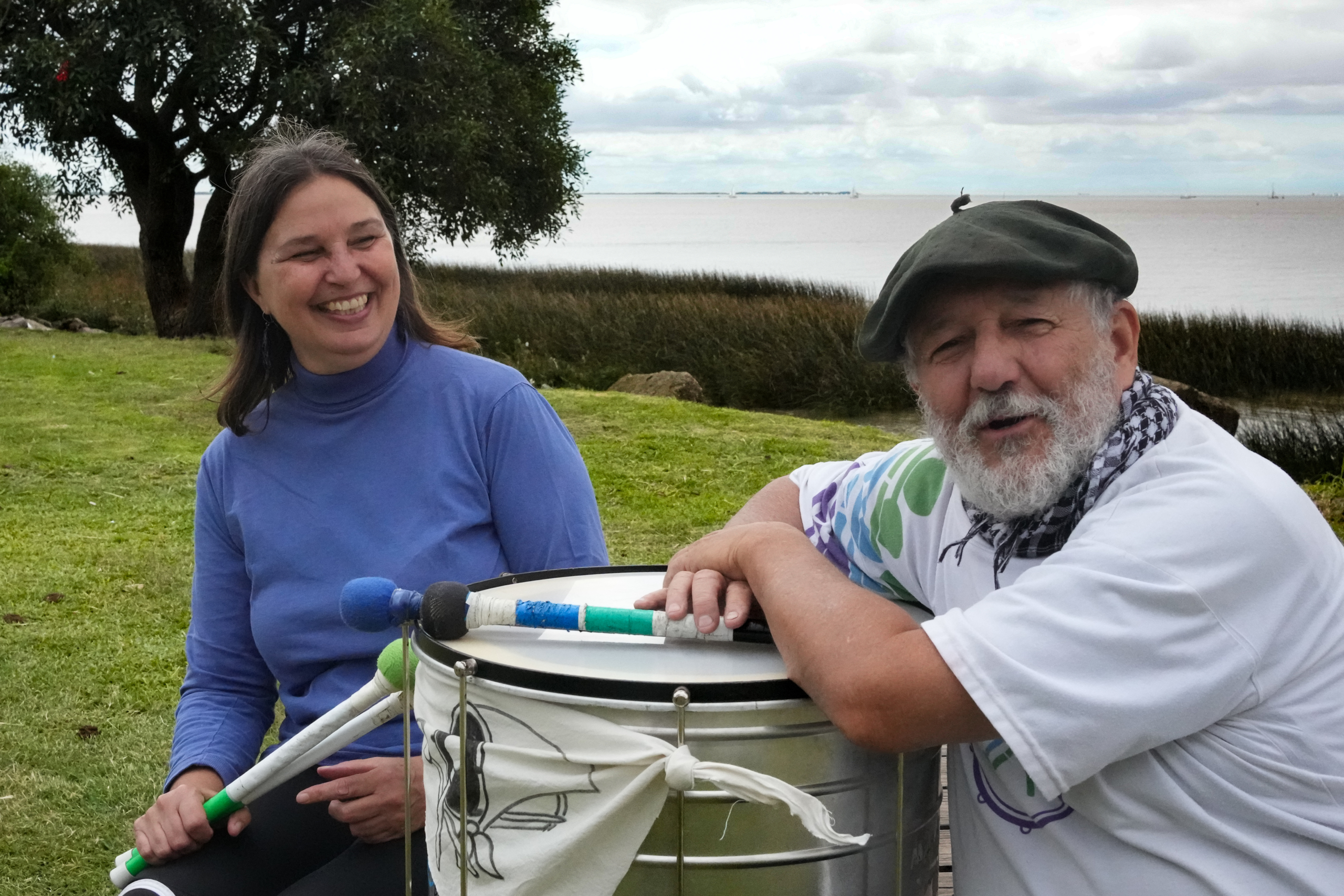
How did you get to Bahia Norte?
Daniela:
We've been in Bahía Norte since the end of 2018.
Mario, who was born in Uruguay but has lived in Argentina for 19 years, wanted to play percussion. I went on the Internet and found this group. I came to try it out and stayed. It's extremely pleasant because we do an activity together, very recreational, near the river (the Rio de la Plata)... It's also a way of getting in touch with other people. What could be better than to do it with such a friendly group of people, with so much energy? Here, problems disappear!
Mario :
I came to see for myself and stayed. We were looking for a cultural activity. I've never had a good relationship with music. All my attempts to do so as a teenager were very frustrating. Here, we found a very open-minded group. Tití has Samba-reggae and percussion in his blood, and he knows how to transmit it.
Group outings, like the one on Memorial Day, help to enrich each other: what one does, the other does, it all involves you. Marching down the street and seeing yourself surrounded by people, all with cell phones taking photos or filming, is an incredible and highly motivating experience.
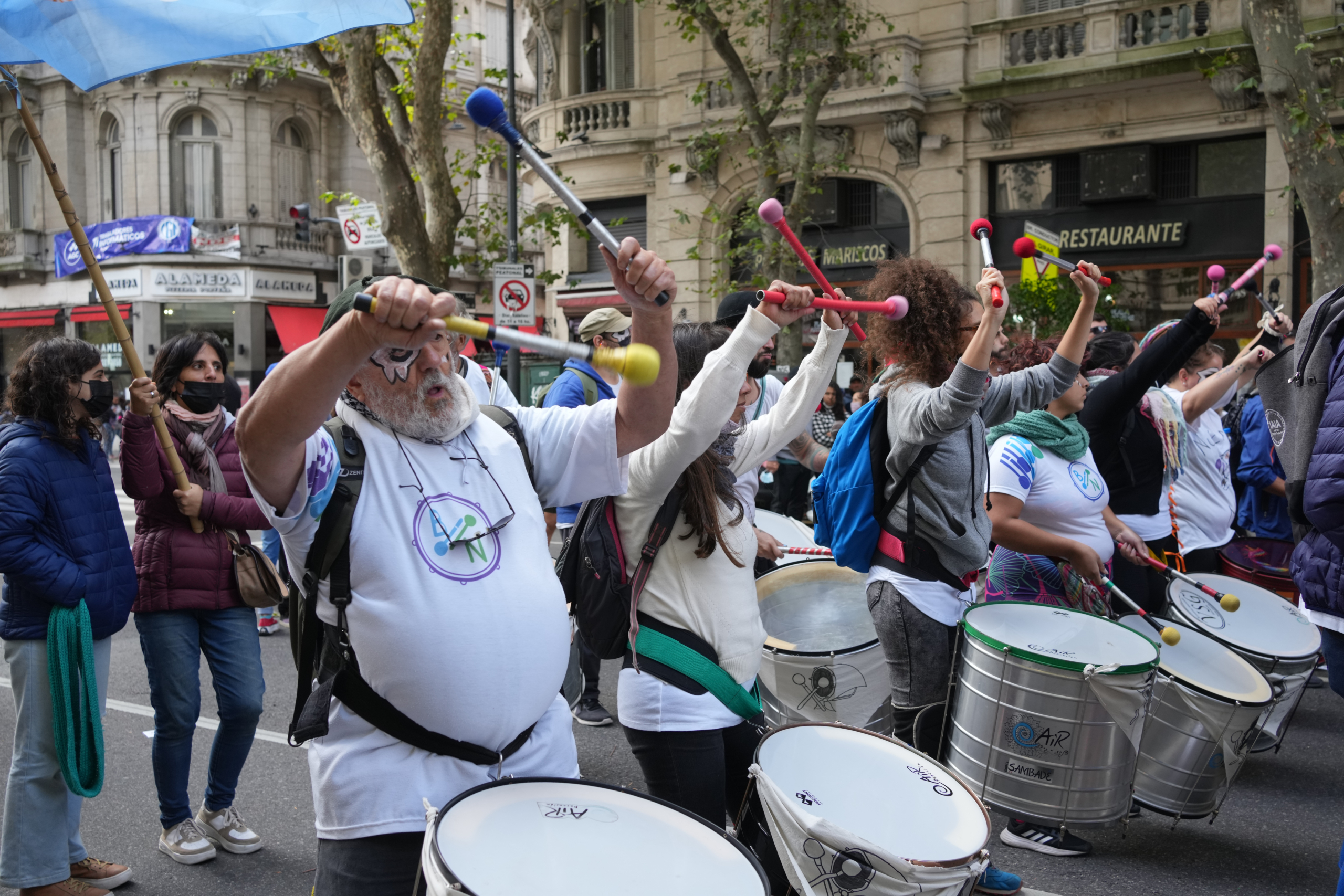
What do you do?
Daniela:
I'm an English teacher, but I'm not currently working. I've worked extensively in tourism, in various hotels and, before that, in a telecommunications company.
Mario :
I'm retired at the age of 68. I retired three years ago after working in a variety of professions, ending up as a photojournalist for various media.
Daniela:
We're also great travelers. We've traveled all over Argentina in our motorhomes and met a lot of people. In Patagonia, we even made friends with a couple from Lille, Jean and Babette!
Motorhoming and meeting new people are also very enriching experiences that are part of our lives.
Interview with Verónica
When did you join the band?
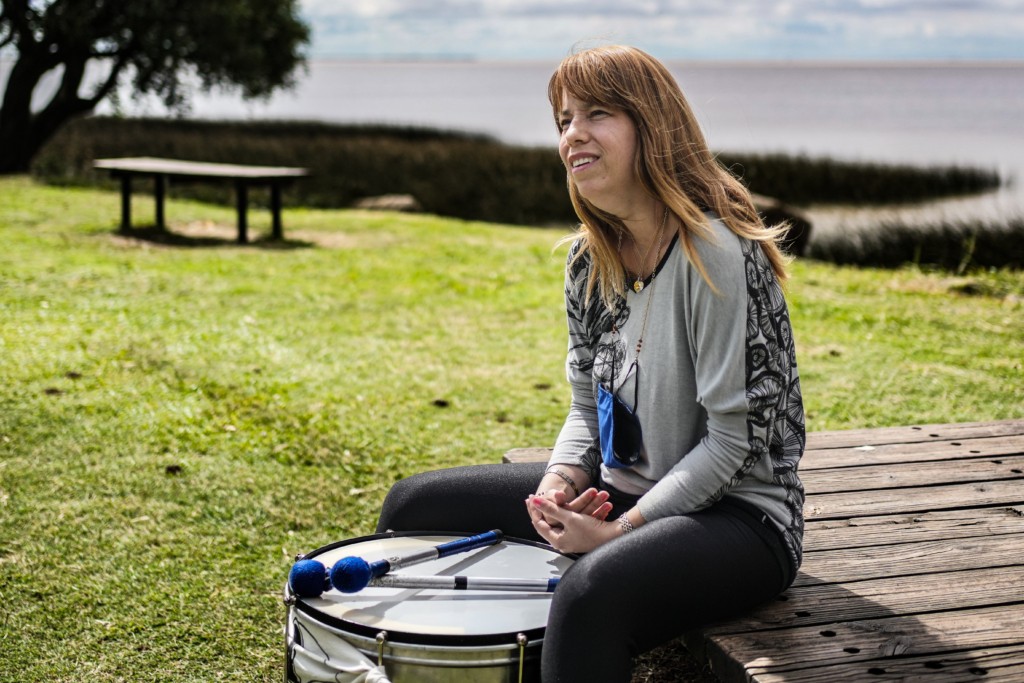
I already had some experience of percussion in a group that no longer exists. One day, as I was walking around here, I heard the drums of Bahía Norte; I was enchanted and from then on I joined. I've always loved music, I love dancing tango, folklore and a bit of rock and roll. Basically, I love what music provokes in me and being able to express it through dance.
But then the years went by and I stopped dancing. Bahía Norte gives me the joy I need so much. Anyone can start playing the drum, even if they've never done anything musical before. That's the great thing about this band: it's for everyone.
In our bloco, we're all of different ages. I included my 15-year-old son Joaquín, who is the youngest in the group. I wanted to include him because he's very cerebral, everything happens in his head, and I was looking for an activity that would get him out of that a bit. We've been playing together for two years now.
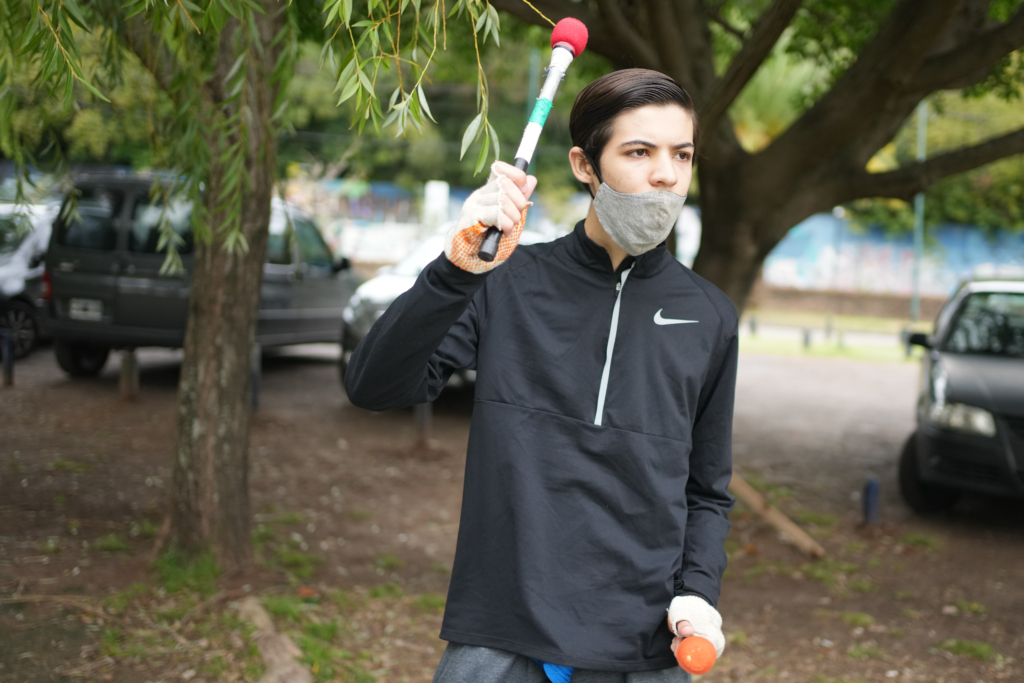
For me, it's a joy to play music, but something much more beautiful emerges when it's in a group. Bahia Norte is a richly human group. It sounds like a cliché, but it's true. There's a very strong bond, very good exchanges. Titi is wonderful, he's got great energy, he's almost always in a good mood and he passes on everything he's feeling. The group is what it is because it's Titi who generates it. That doesn't happen in every band. That's why I'm so happy to be part of the Bahía Norte band. I'm very grateful.
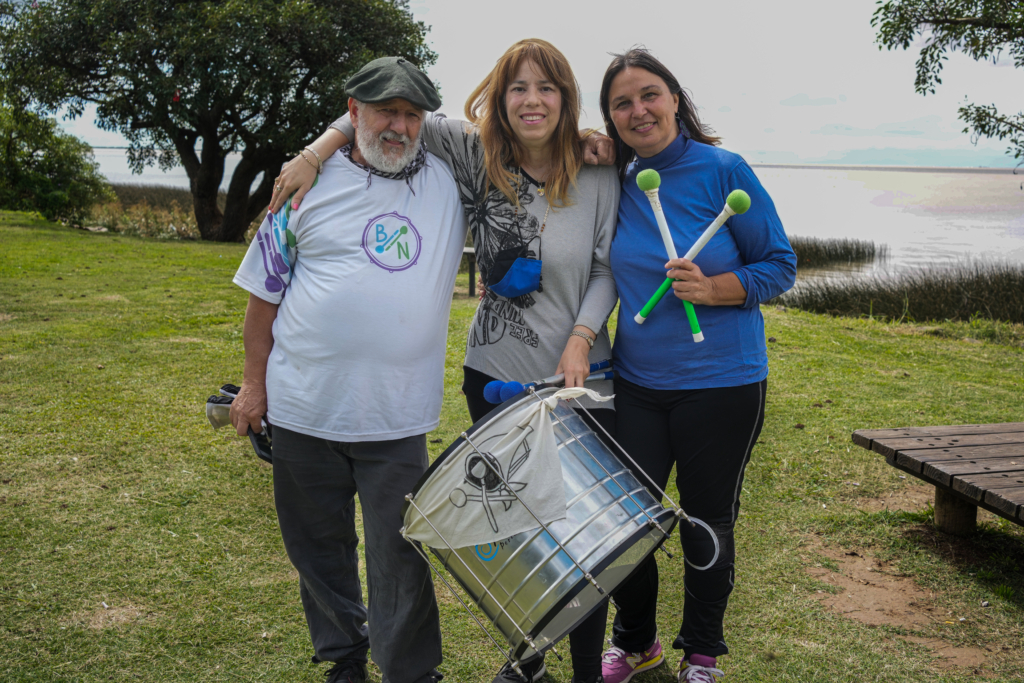
What does the Memorial Day walk mean to you?
I'm a teacher, although I'm not currently teaching due to illness. I have experience of trade unionism. The injustices I suffered at school led me to join the organization that defends us, the teachers' union. As a teacher, I took part in many marches. And I've also taken part in other marches for equality and justice.
But last Thursday was the first time I'd ever taken part in a demonstration as part of a bloco. And it was much better, I felt very happy because we were making a contribution to the people, to the people, but through art, through music.
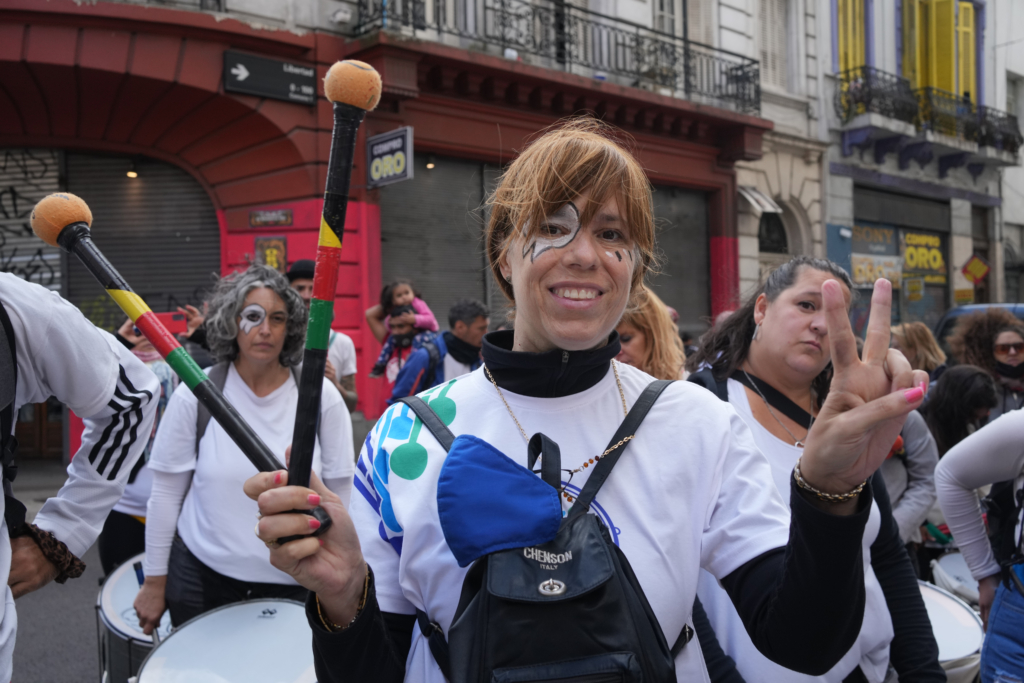
Demonstrating in this way, as a group, with the drum bloco, and the music, is a different kind of contribution. I think it makes you stronger and very happy!
TITI also works at Dique Luján
I also teach in Dique Luján (a town in Greater Buenos Aires, 50 km from the capital) for Caritas, which has 70 or 80 educational community centers and employs many art, painting, dance and music teachers.
Marcela, director of the "Dique Lujan" community center
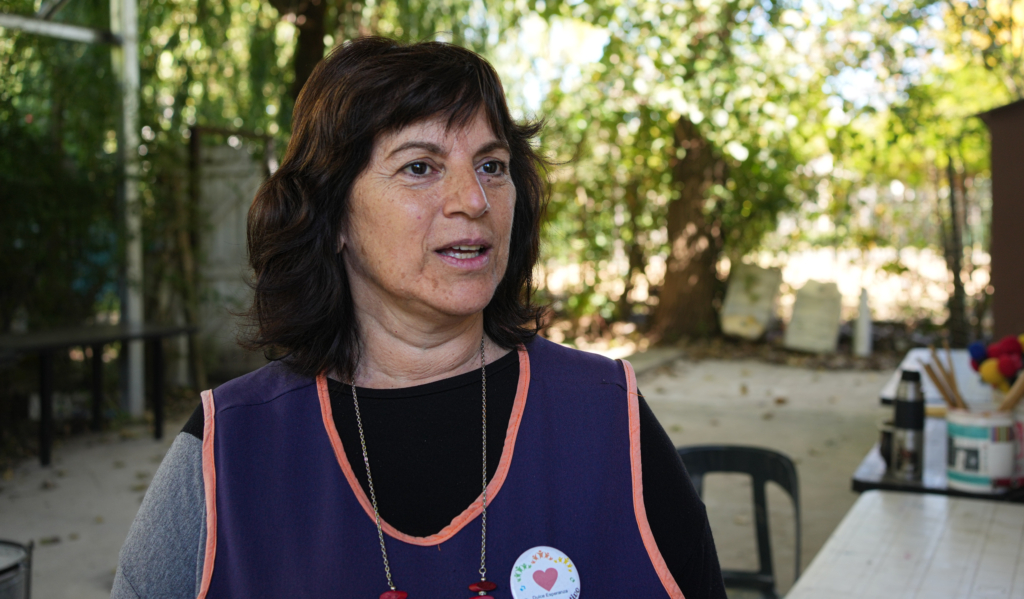
I've been working here since 2017. In Dique Luján, we have two centers, for boys and girls aged 6 to 14.
It's a space dedicated to art, painting, murals, chess, cultural training, the development of thinking and decision-making skills. We want to generate critical thinking in young people. Children can take part in four hours of workshops and tutoring outside school hours.
Participants pay nothing and receive a snack and breakfast, school supplies and all the materials needed for the workshops.
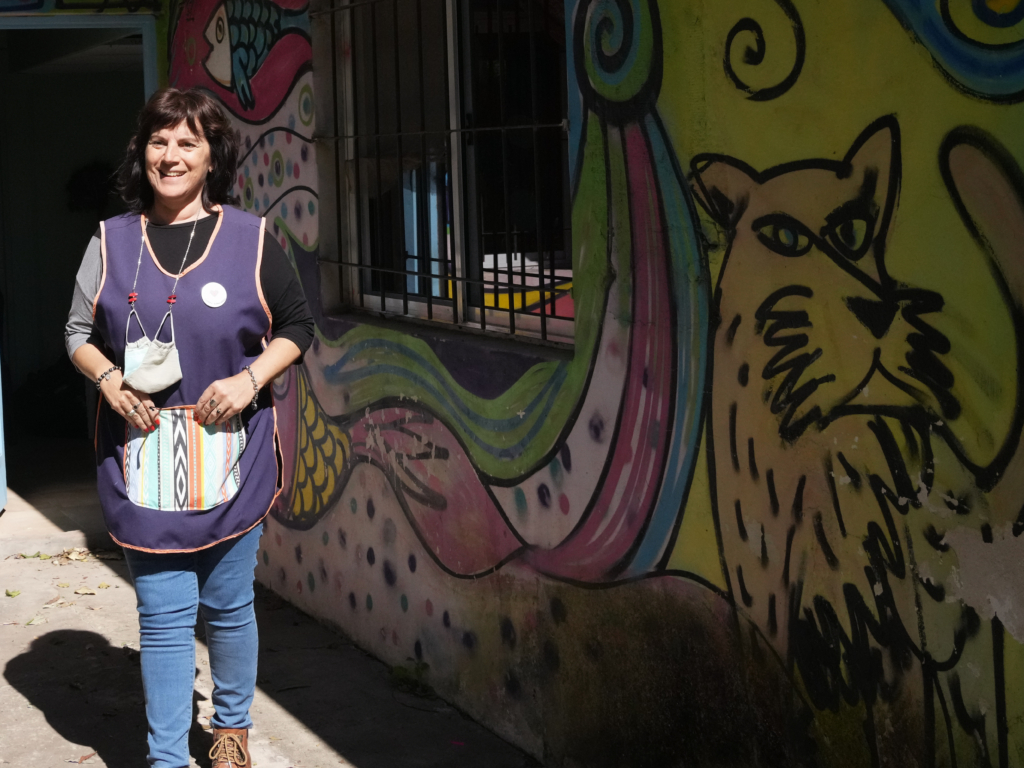
There are around 180 children in all. They come from Dique Luján, Villa la Ñata, Ingeniero Maschwitz and Benavides. There are children both in and out of school.
We are not dependent on the French Education Ministry. It is a private project of "Caritas Nacional" of the Bishopric of San Isidro.
This center is located in the Greater Buenos Aires region, where 42 % of the poor have been counted, including 12 % of the destitute (these indices are higher among young children). Which makes its presence all the more remarkable...
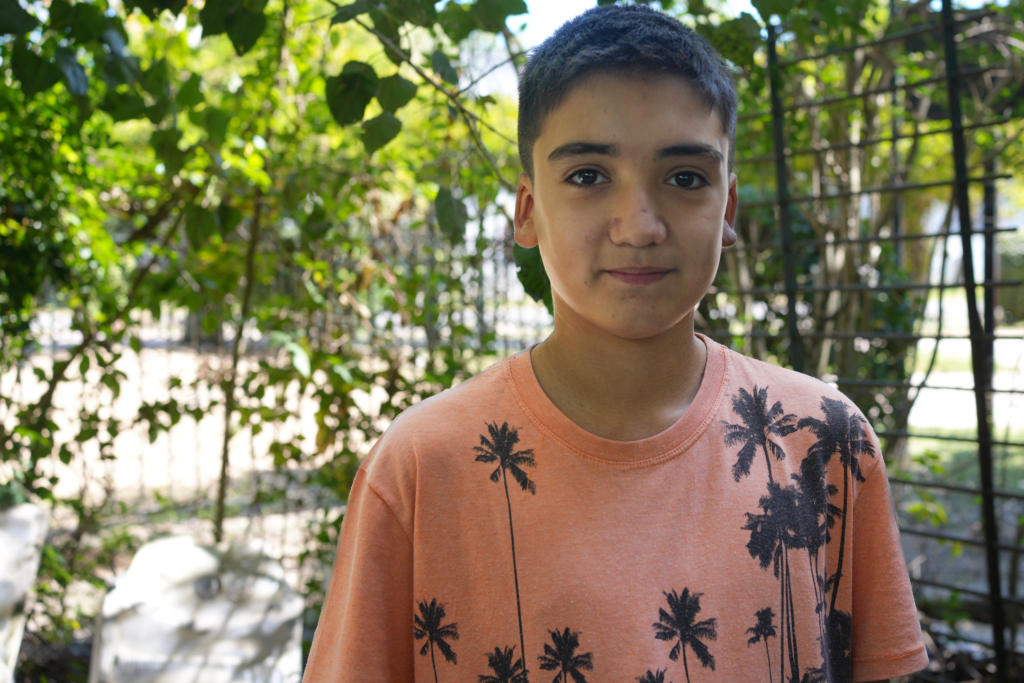
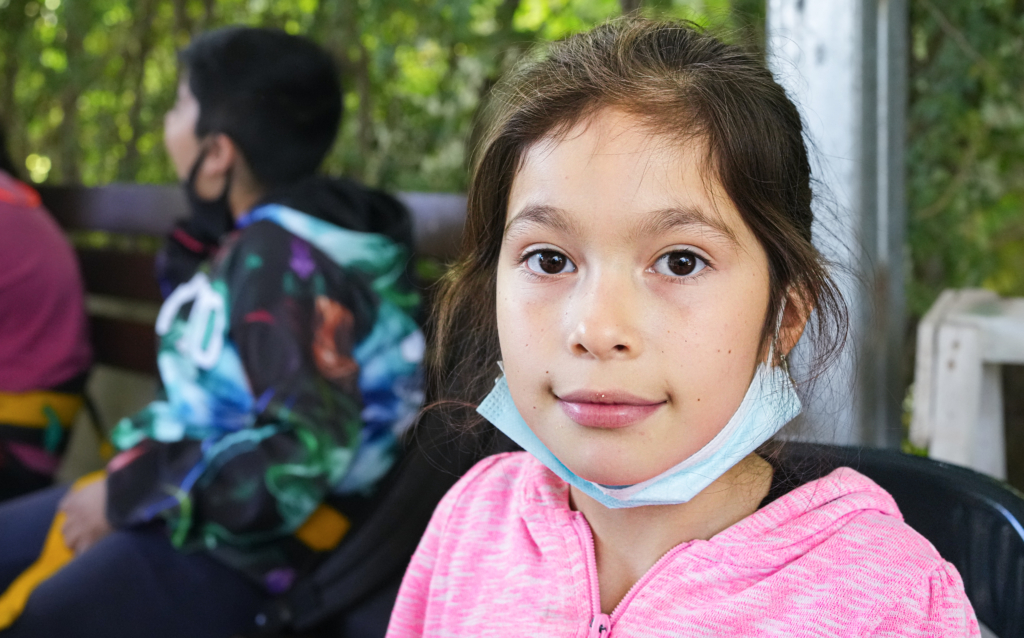
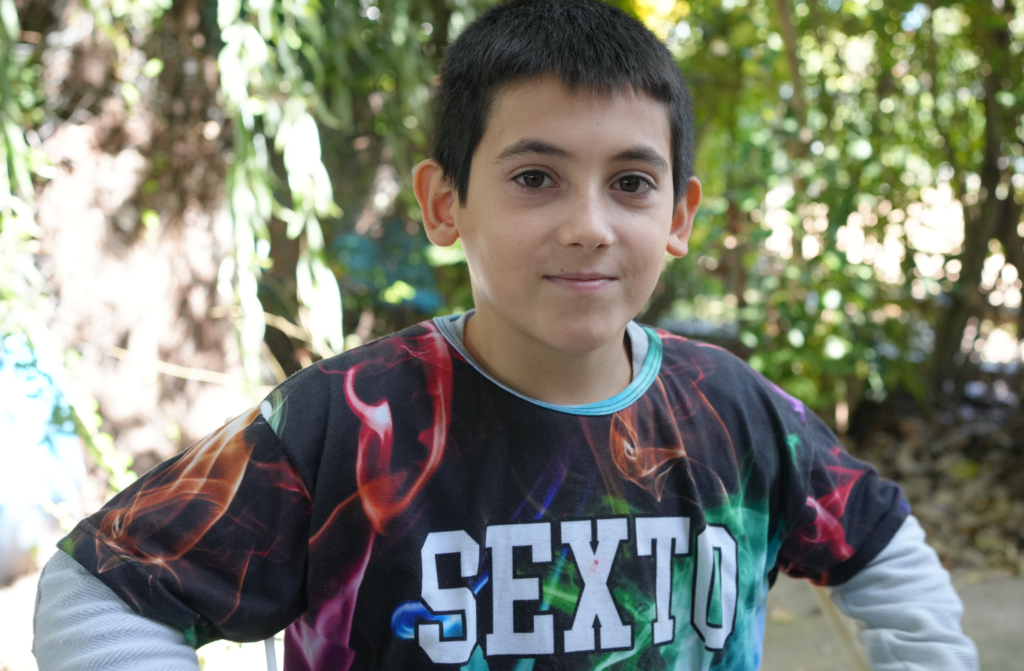
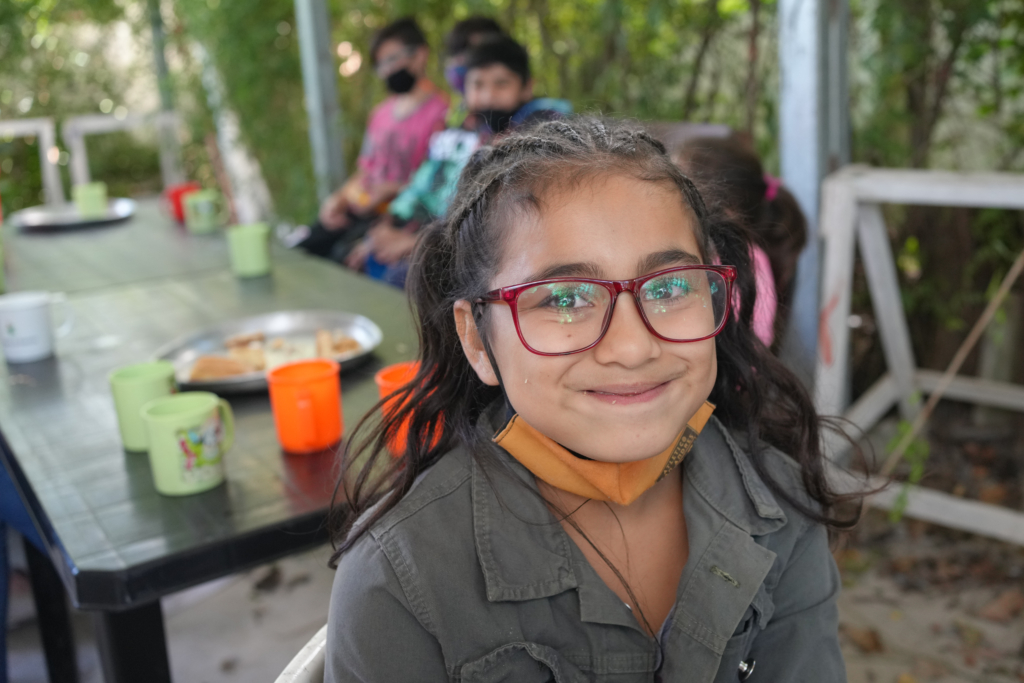
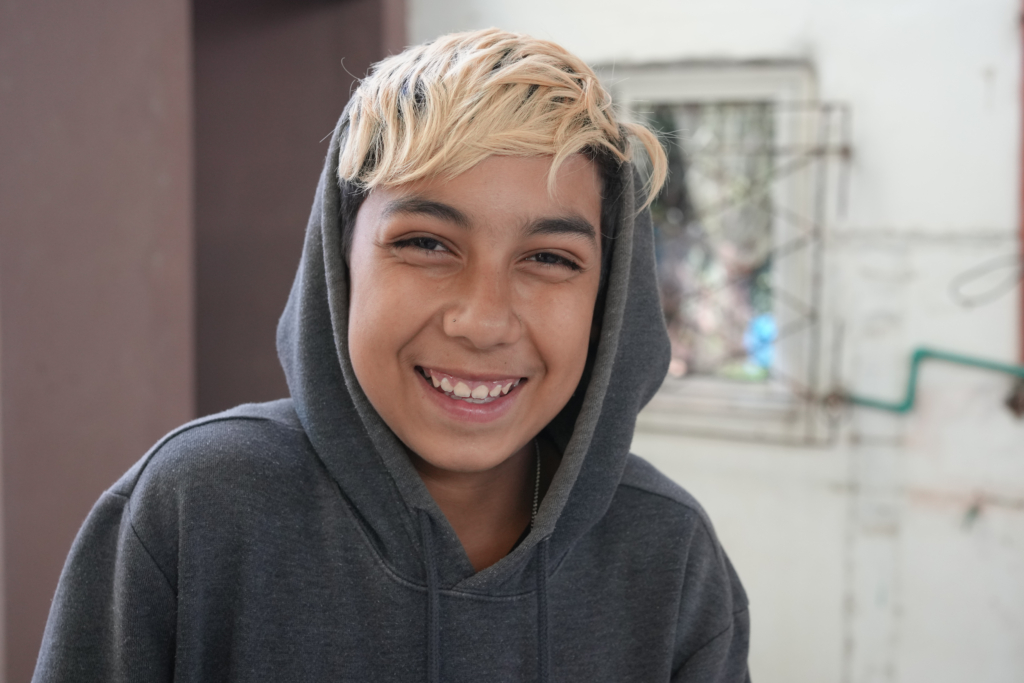
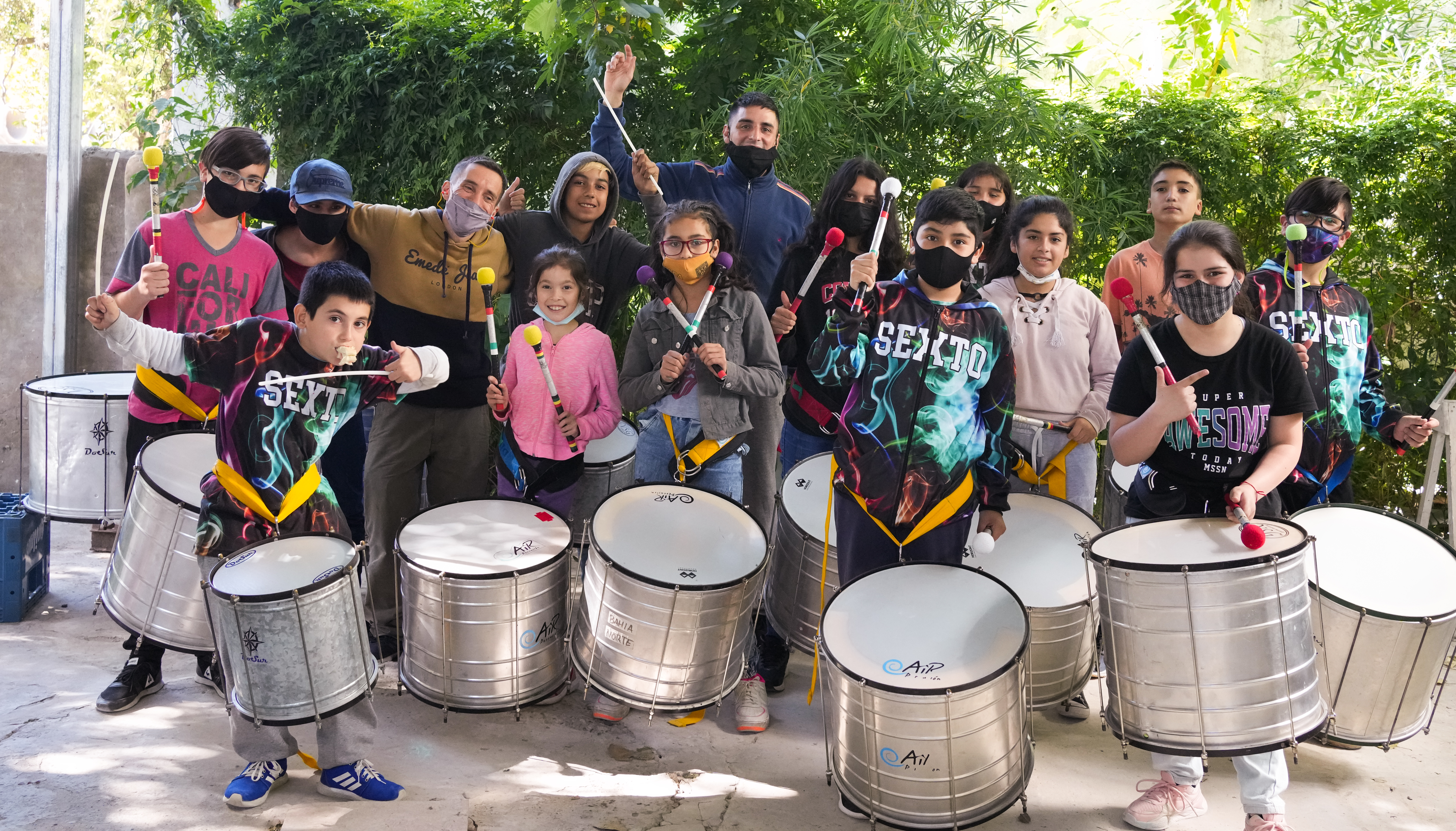
CÁRITAS ARGENTINA
It is an Argentinean Catholic Church organization that has been working in the country for over 60 years.
More than 40,000 volunteers and agents make up 3,500 work teams, whose vocation is to be close to people, to create links and a sense of community, to encourage everyone to recognize their rights and obligations, and to promote a culture of work, solidarity and the common good.
Caritas implements programs in the fields of education, early childhood, social and solidarity economy, addictions, housing, food response and immediate aid in situations of extreme poverty or climatic emergencies.
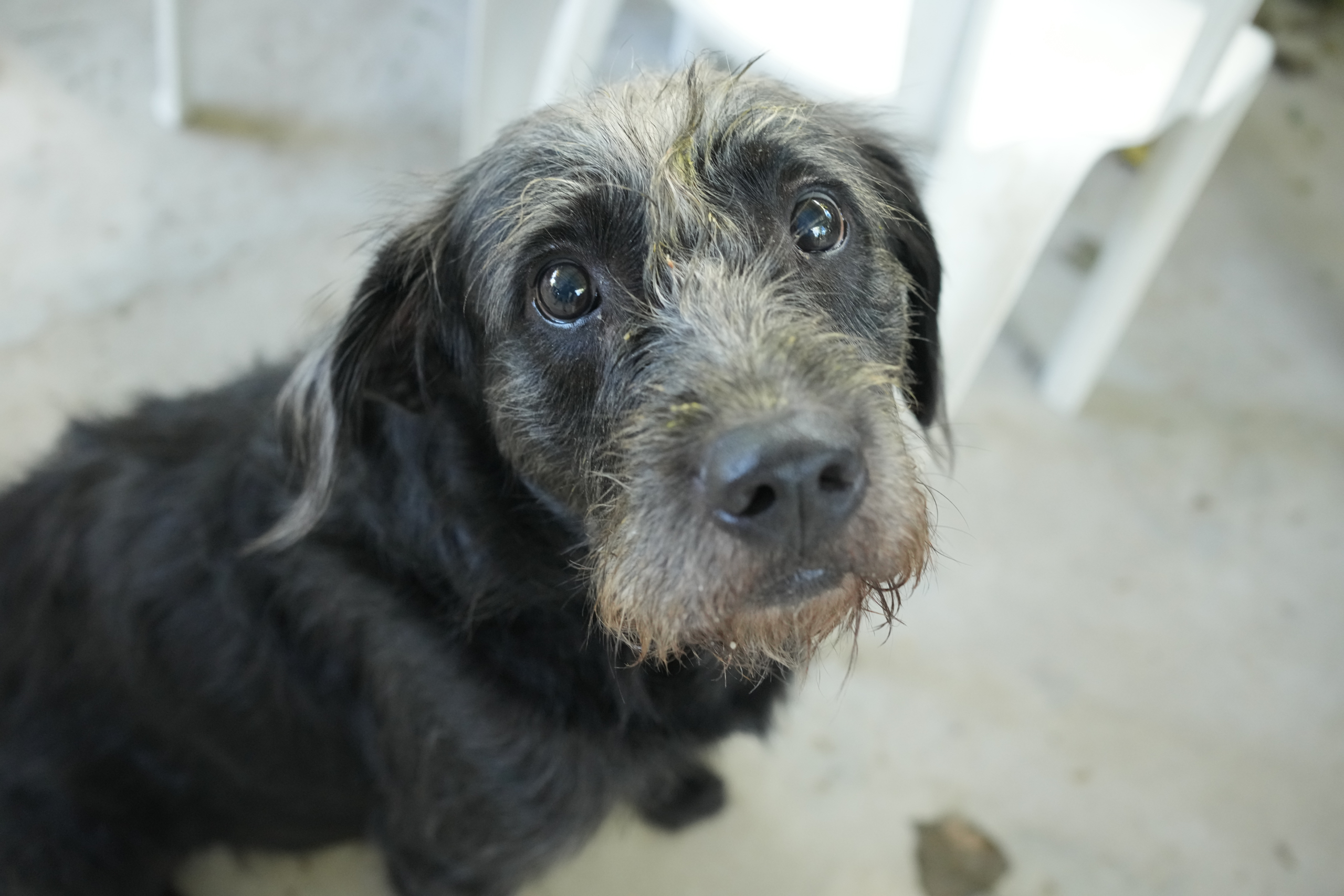
At the end of my journey
Along the way, I came to appreciate, once again, the human richness of Argentina, one of its most precious resources. Generosity, creativity, openness and human warmth are just some of the traits that marked my encounters. Not to mention a capacity for adaptation and resilience that is indispensable for survival in a country that has been in economic crisis for decades, with inflation currently running at 7% per month and 36% of the population living below the poverty index (data as of September 2022).
This column also introduced me to the world of Samba Reggae, and I was deeply moved to hear the Bahia Norte bloco play during the Memorial Day march. I read in an article that "playing percussion is like entering a light trance..... The sound of the drum will take you deep inside yourself". This is certainly what the participants of Tití's workshops, young and old, feel.
I don't know how you, the reader, will feel when you read this blog. As for me, I can assure you that this chronicle has enriched me, opened up my horizons...and made me want to continue discovering the singular characters of Buenos Aires. "Argentina is a host of singularities", commented a friend.
AND YOU? WHAT DO YOU THINK?
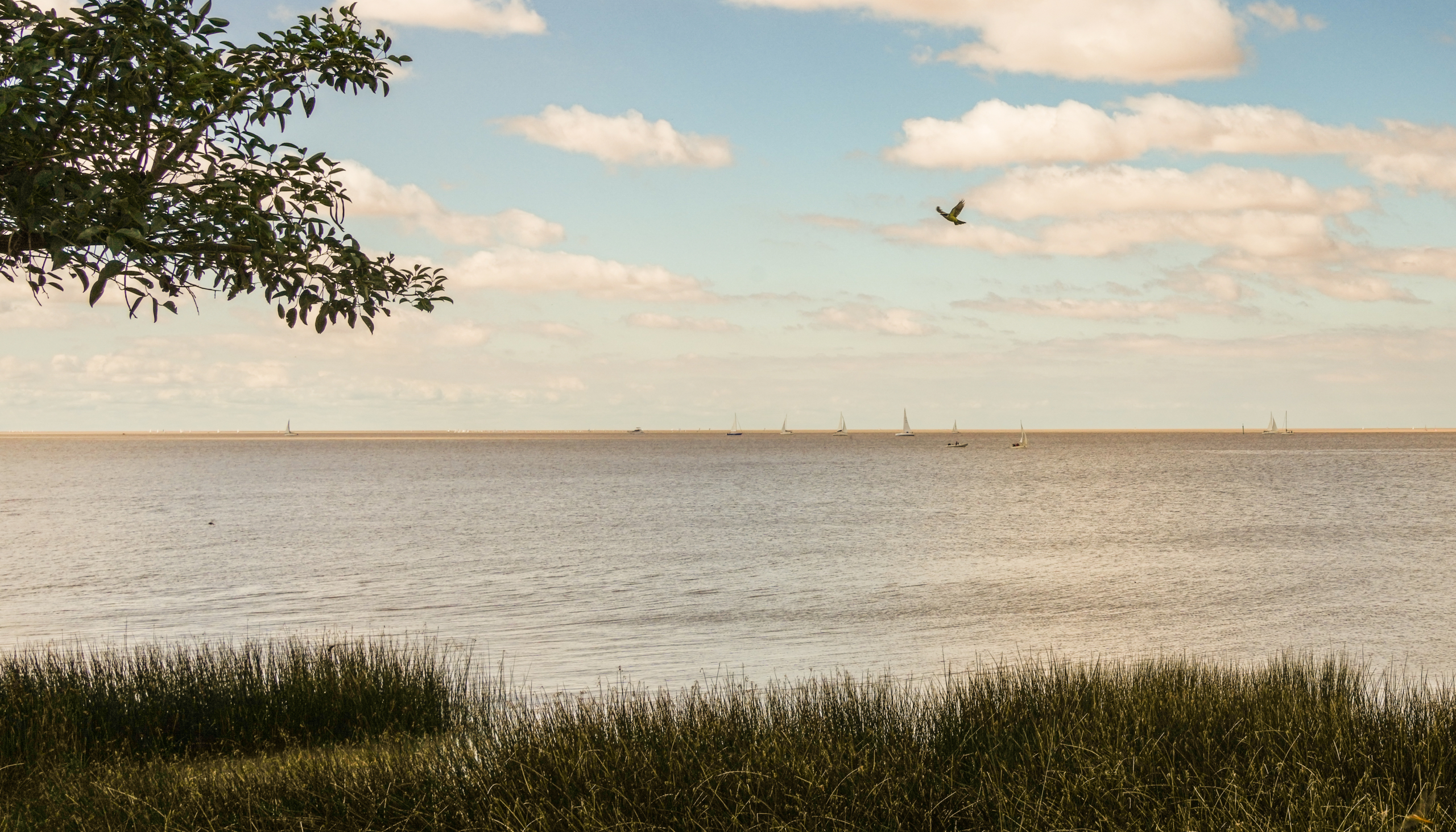

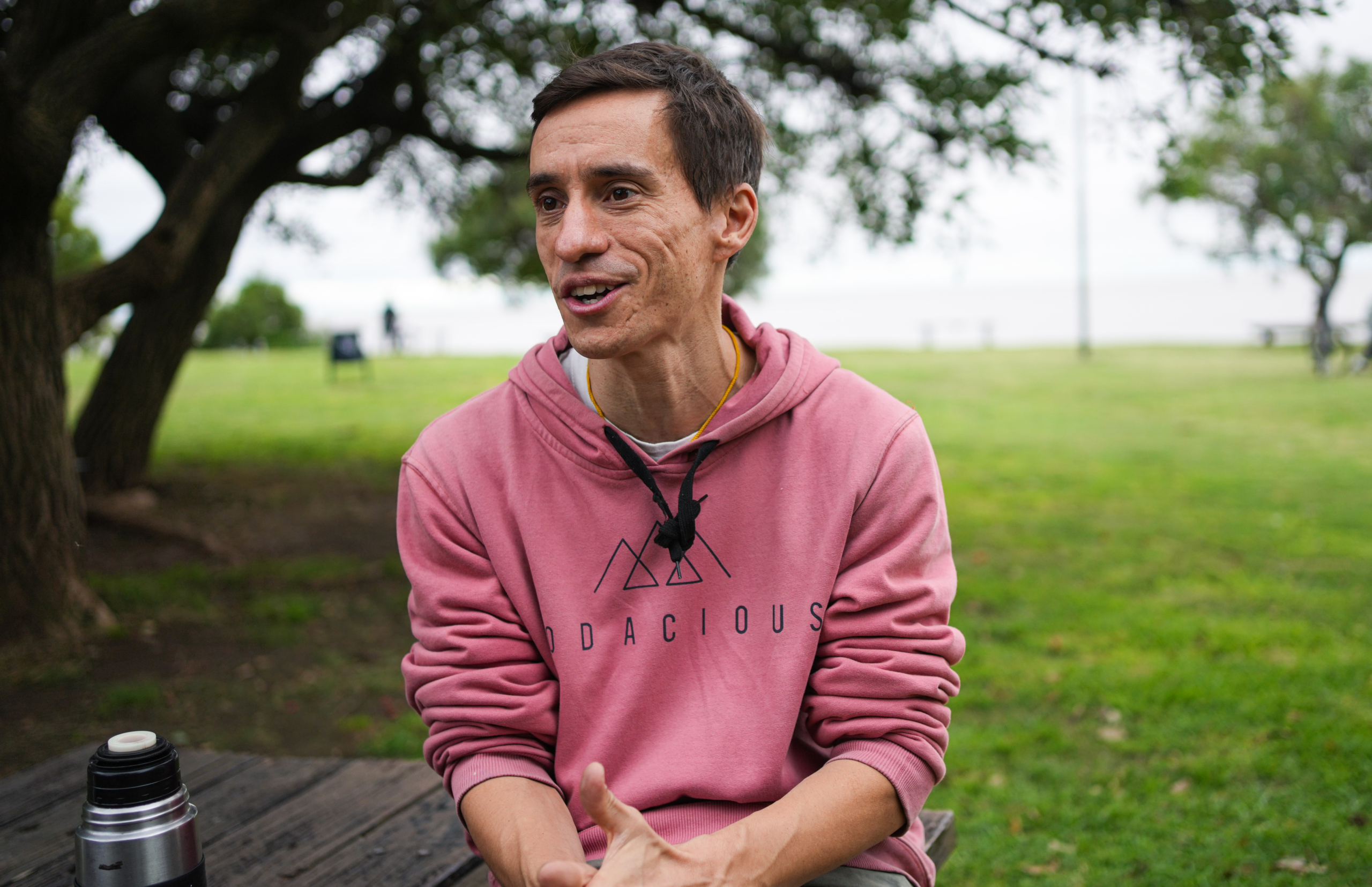
Leave a Reply